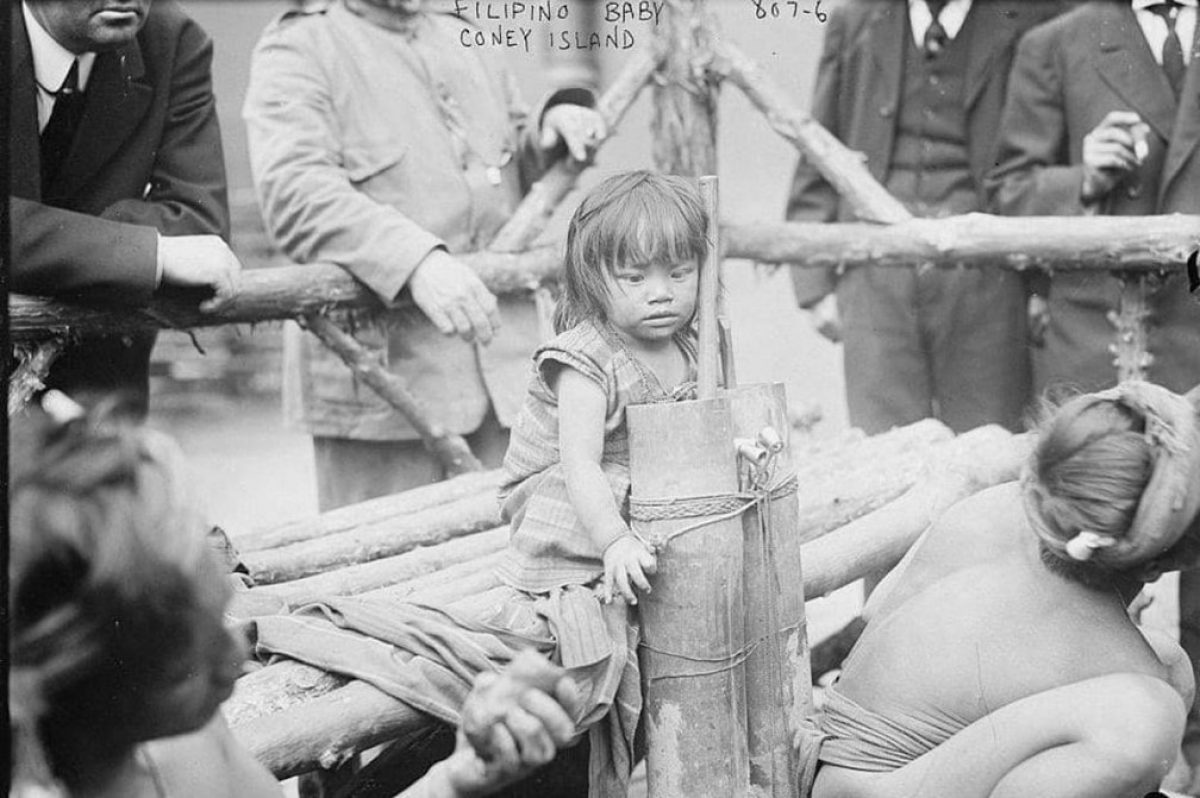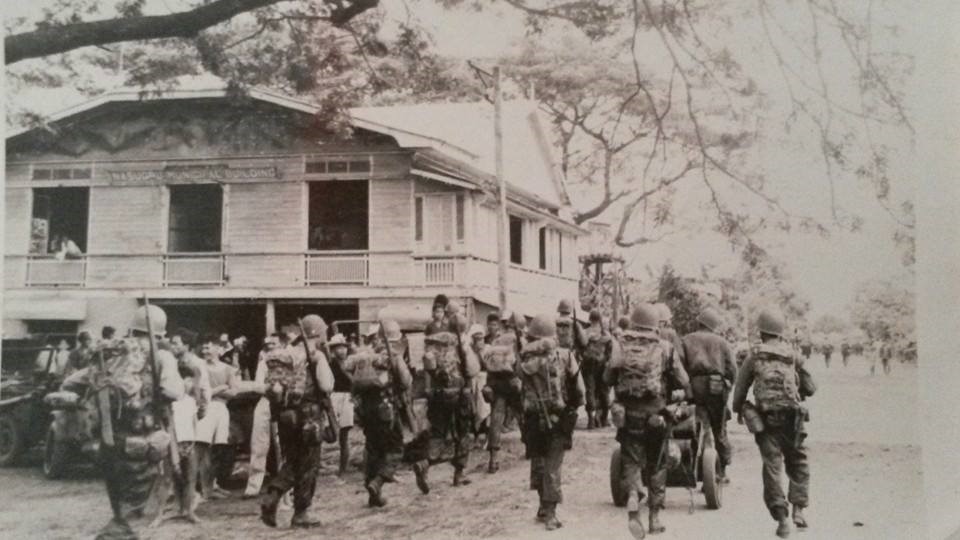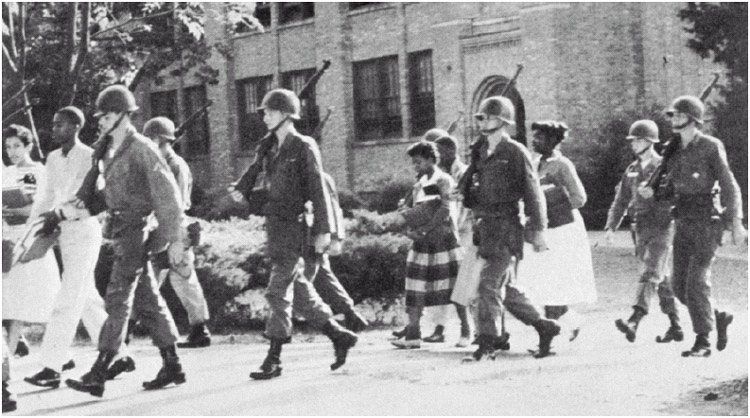“The crime against our fellow creatures is not to hate them, but to be indifferent to them; that’s the essence of inhumanity.”
– George Bernard Shaw (1856-1950) Irish comic dramatist, from: “The Devil’s Disciple” Act II (1901)
=========================
“Totalitarianism, extremism and indifference will be the three roots of man’s problems in the 21st century. Of these three, Indifference is the biggest challenge man will face in this century. “
WAIS post: “The Kyoto Protocol and deforestation” (B. Macario, ex-Philippines/USA, 2/19/06 5:37 pm)
http://waisworld.com/go.jsp?id=02a&objectType=post&o=9386&objectTypeId=3636&topicId=1
“If there is such thing as hate crimes, there should be the crime of indifference. “
re: Philippines – Natural or Anthropogenic Disasters? (Bienvenido Macario, ) 01/20/12
http://waisworld.com/go.jsp?id=02a&objectType=post&o=67963&objectTypeId=62213&topicId=17
Six WAIS posts on indifference:
1.) Jan. 20, 2012: If there is such thing as hate crimes, there should be the crime of indifference. George
Bernard Shaw described indifference as “the essence of inhumanity.”
The link lists the Philippines as having the worst disasters in history, worst sea accidents, air accidents, worst terrorist attacks, fires, bus accidents, volcanic eruptions, typhoons and flash floods (like the one that just happened in December 2011), worst festival tragedy and the Philippines’ coastal areas are sinking.
The UN, World Bank and the IMF have tolerated, aided and abetted the miserable existence of the Republic of the Philippines, the miserable living conditions of its people and the continued degradation of its environment.
If there is such thing as hate crimes, there should be the crime of indifference. George Bernard Shaw described indifference as “the essence of inhumanity.”
re: Philippines – Natural or Anthropogenic Disasters? (Bienvenido Macario, ) 01/20/12
http://waisworld.com/go.jsp?id=02a&objectType=post&o=67963&objectTypeId=62213&topicId=17
Do not forget my interpretation of why the world did not end on Dec. 21, 2012. We could contribute to the end of this world or prevent the same. To a certain extent, it is up to us.
What good is it for my people and I that the world did not end but we remain slaves in our own ancestral land as the trashing and degradation of our environment continues?
For Dec. 21, 2014 & Dec. 21, 2015 & Dec. 21, 2016: “Do you ALL feel lucky?” Go ahead ignore the Philippines and continue to recognize the false flag presidency of Pres. Benigno Aquino III a 3rd generation oligarch-traitor. Ignore my people and our environment.
======================
Mayan Prophecy – Dec. 21, 2012 Doomsday updated up to 12-21-2013
https://www.nedmacario.us/2012/12/23/mayan-prophecy-dec-21-2012-doomsday/
Mayan Prophecy – Dec. 21, 2012 Doomsday updated up to 12-21-2015
https://www.nedmacario.us/mayan-prophecy-dec-21-2012-doomsday/
See: Religion: Nostradamus and the Mayan Eschatologies (Bienvenido Macario, Philippines) 10/17/08 3:12 am
http://waisworld.org/go.jsp?id=02a4&objectType=post&o=27155&objectTypeId=21405&topicId=1
2.) May 25, 2010: “My question is this: What if Pres. Aquino III cannot deliver the solutions to these
problems? As I posted earlier, INDIFFERENCE is the biggest challenge man will face in this century. “
Philippines: Former President Ramos’s Advice to President-Apparent Aquino (Bienvenido Macario, Philippines/US) 05/25/10
http://waisworld.org/go.jsp?id=02a0&objectType=post&objectTypeId=48197&topicId=17
3.) Dec. 27, 2007: “It’s been said that three major challenges man will face this century are:
totalitarianism, extremism and INDIFFERENCE.”
While all politicians in every country understand and accept the risks they face in the career or vocation they chose, it is when we see the tragic end to a politician’s career that I wonder what is the real role or value of the UN in promoting world peace.
Neither the richest nations nor the poorest nations are in charge of promoting world peace and security. We have placed our trust and faith in this United Nations for too long.
re: Pakistan: Benazir Bhutto Assassinated (Bienvenido Macario, Philippines) 12/27/07
http://waisworld.org/go.jsp?id=02a&objectType=post&o=18973&objectTypeId=13223&topicId=1
4.) Oct. 28, 2007: ” . . . if with your silence you approved the killing of the troublesome SA leaders like Ernst Rohm, a Native German and a staunch supporter of the Fuhrer, you will applaud our final solution to the Jewish question.” The “Night of the Long Knives” ended on July 2, 1934. Recent research aired on History Channel suggests that there could have been hundreds of SA members that were summarily executed between June 30 and July 2, 1934.
“The crime against our fellow creatures is not to hate them, but to be INDIFFERENT to them; that’s the essence of inhumanity.” –George Bernard Shaw.
Spain Beatification Controversy; Nuremberg War Crimes Trial (B. Macario, Philippines) 10/28/07
http://waisworld.org/go.jsp?id=02a&objectType=post&o=17981&objectTypeId=12231&topicId=1
5.) April 23, 2006: Bienvenido Macario writes: Tagalogs, Bicolanos and other Filipino people are truly peaceful or docile, and deserving of more attention than the other violent peoples. They are nonetheless hungry for self-determination, justice and equal opportunity. We have the violence prone Basque Independent Movement which has resorted to violence from day one. Naturally, France, Spain and the other Western democracies refused to give in to terror and violence. Yet the same societies are indifferent to the plight of Tagalogs and Bicolanos.
Just because the Tagalogs and Bicolanos of Luzon have not resorted to violence or they are offering only silent protest doesn’t mean everything is fine in the corrupt, forever developing Third World Republic of the Philippines.
The Philippines and the Solomons (Bienvenido Macario, Philippines) 04/23/06 8:05 am
http://waisworld.org/go.jsp?id=02a0&objectType=post&objectTypeId=4271&topicId=1
6.) Feb. 19, 2006: “I am not totally against the Kyoto Protocol. Totalitarianism, extremism and indifference will be the three roots of man’s problems in the 21st century. We just have to be relatively on the same page. But the Philippines is not yet ready for self-rule. It is difficult to argue that after 60 years of failing to develop, the Philippines as a whole should be allowed to maintain the status quo.
The Kyoto Protocol and deforestation” (B. Macario, ex.Philippines/USA, 2/19/06 5:37 pm)
http://waisworld.com/go.jsp?id=02a&objectType=post&o=9386&objectTypeId=3636&topicId=1



